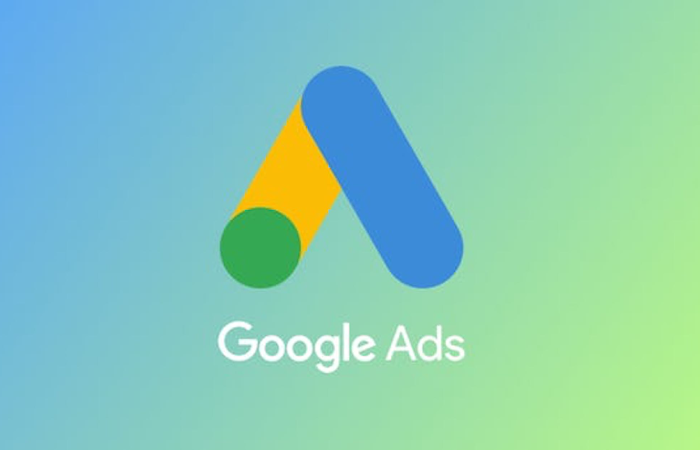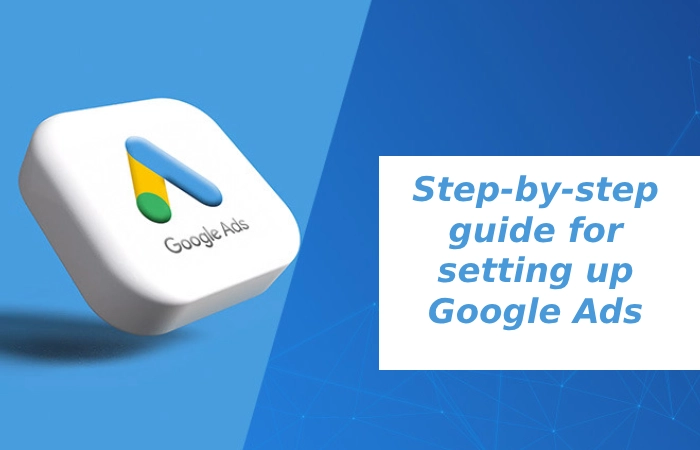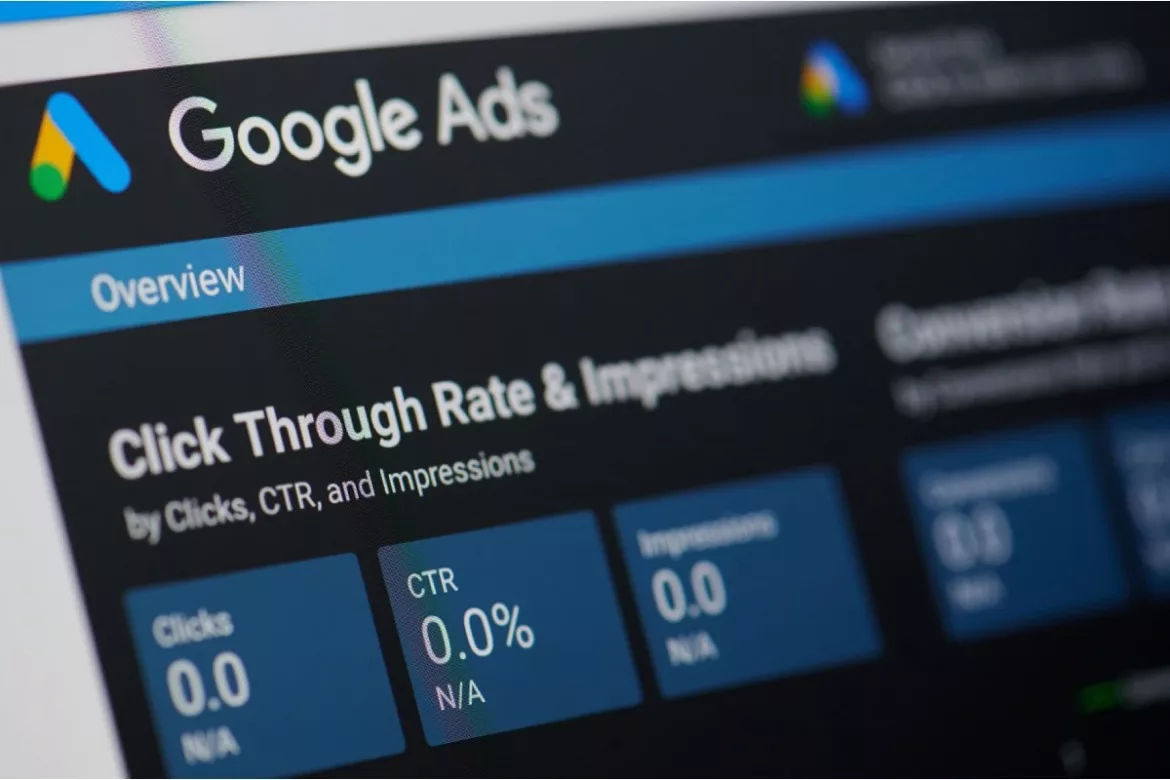Small Business’s Guide For Using Google Ads – A digital channel is practically a must-have in every business today. Unfortunately, much like traditional marketing, you have to spend a considerable amount of time and money for your digital marketing efforts to actually bear fruit. On the bright side, there are ways to advertise your business digitally within a short period of time. For that, you’ll need the help of Google Ads (previously known as Google Adwords) which is arguably the best digital marketing tool for small businesses.
Table of Contents
A brief overview of Google Ads

Google Adwords, now Google Ads, is a platform that allows its users to create all sorts of advertisements on the internet’s most popular search engine, Google. The tech giant created the system to provide businesses and entrepreneurs with a means to get their websites or platforms on the first page of search engine results pages (SERPs). (1)
How Google Ads work
When you enter a keyword on Google, there are times you’ll see an advertisement at the top of the page. If you search for “plumbing services,” for example, you may find a couple of entries that contain the word “Ad” at the left side of the links. They don’t necessarily have higher traffic than others. But since they are paid for ads, they’re the highlight of the page whenever someone searches for this particular keyword. (2)
Essentially, Google Ads allows you to target a keyword, and whenever someone searches for it, they’re met with the ads you prepared beforehand. However, creating an ad via this platform doesn’t guarantee you’ll see your website on the first page. You need to win the bid. Naturally, the one that pays more wins the ad placement, but Google considers other factors like quality. If the website you want to feature the ad on has high traffic, an exceptional landing page and uses suitable keywords, Google may give you the ad placement despite a lower bid. (2)
Using Google Ads can help you reach your marketing goals. In conjunction with this, you may want to take advantage of other tools that can help make your business operations more efficient. For example, if you’re operating a plumbing company, you might want to look into a dispatch and estimating software solution like Jobber for example which not only helps to make day-to-day operations more productive, it can be integrated with external social platforms like Facebook and Instagram where you can design and publish ads all from one platform. This and other strategies, including Google ads, can help you grow your small business faster.
Step-by-step guide for setting up Google Ads

If you want to bid on ad placements, you must take the same steps as everyone else. This section will discuss what you need to do for each step from start to finish.
1. Sign up for an account
First off, you need a Google account. If you don’t have one, create one for your business. This will only take a couple of minutes. Google may also ask for your email address and website before you continue. Once you finish signing up, you’ll be met with a page where you can set up your very first Google Ads campaign.
2. Set your daily budget
The main page consists of several sections. It’s where you can select the currency and specify the amount you’d like to pay.
3. Select the location
In the next section, you can choose your target audience. It consists of several areas, but you must prioritize specifying a location. The platform uses radius targeting, where it asks for a location and includes everyone within a certain radius from that coordinate you provided.
4. Choose a network
Next, you need to choose between two networks: Search Network and Display Network. Search Network will only display the ad on SERPs, while Display Network will show your ad on any website that allows advertisements. Search Network is advisable for small businesses since it generally has a lower cost.
5. Choose your keywords
The next step is where you need to enter the keywords you want to target. Make sure the keywords you choose are relevant to your site or offering. The platform will allow you to pick around 15 to 20 keywords, but you can exceed that number later on.
There are different keyword match types:
- Broad match allows you to target any keyword relevant to your chosen keyword.
- Phrase match does the same, but it does it in the same order as the main keyword.
- Exact match allows you to target only the keyword you enter—nothing more, nothing less.
- Negative keywords allow you to make sure your ad isn’t shown to irrelevant audiences by excluding words from the potential keywords your ad can match with.
6. Set your bid
Next is setting your bid, which is the amount of money you’re willing to pay for the ad placement. The higher your bid is, the more likely you’ll get the placement.
7. Create the ad
Finally, it’s time to create the ad. On the platform, you’ll be asked to enter the link to where people will get sent when they click the headline, link, or description. After writing the ad, click on Save, and you’ve essentially made an ad campaign. (3)
Wrapping up
Digital marketing is an essential component of every business, and this is particularly true for small businesses. After all, word of mouth can only do so much for your company’s publicity. Digital marketing is an art and a skill and can take a long time to become familiar and confident with, however, it can be learned and is there to help your business place itself in front of your audience. By investing in Google Ads, you are investing in yet another tactic to capture the attention of your audience and convert them into paying customers.
References
- “What is Google AdWords?”, Source: https://www.bigcommerce.com/ecommerce-answers/what-google-adwords/
- “How Does Google AdWords Work? The Basics of Google Ads”, Source: https://www.freshbooks.com/hub/marketing/how-does-google-adwords-work
- “How to Use Google Ads: A Crash Course”, Source: https://www.wordstream.com/how-to-use-google-adwords


